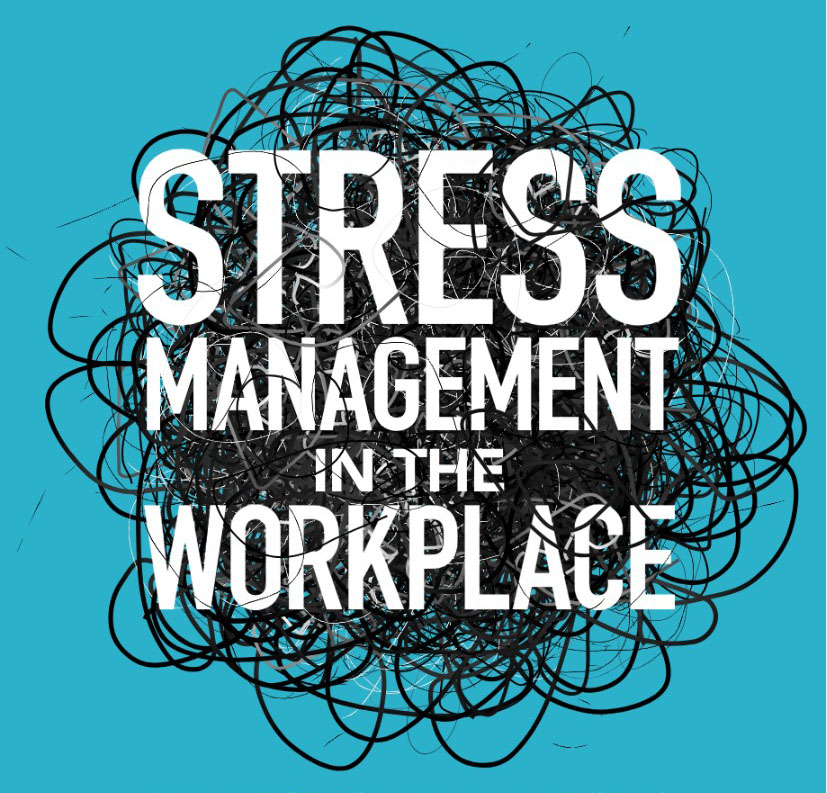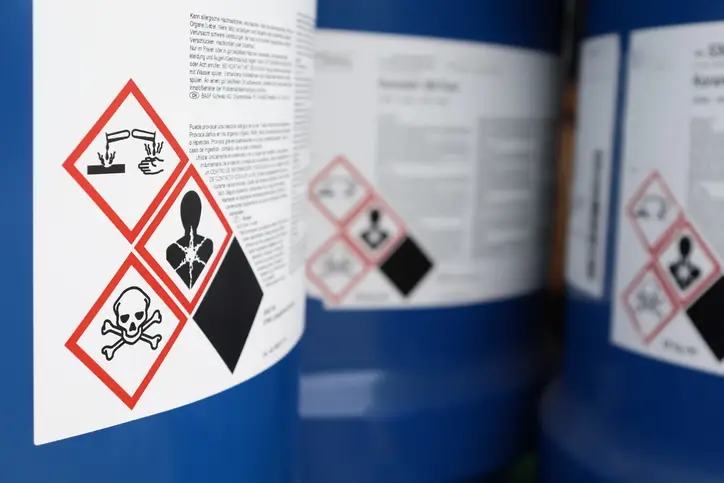Reduce Workplace Stress
Train and reduce workplace stress are a right of every employee. You all must be familiar with the quote “Stress is the number 1 killer”, however, stress itself can’t directly kill. Stress is a silent catalyst that supports unhealthy habits like smoking, alcohol, stress eating, and take them to an extreme. Stress can also have an impact on the cardiovascular system, digestive system, nervous system, metabolic system, and lead to panic attacks. Workplace sometimes can be as stressful as a war zone. Especially during this COVID-19 pandemic, stress has taken its toll on every single one of us. Every one of us is constantly struggling with a gigantic cloud of stress on our heads. It is crucial that we all must pay close attention to this silent killer and take countermeasures to eliminate stress. In this article, we will dig deep into how to train and manage workplace stress. A stress-free and safe working environment is the right of every employee.
The human body reacts to stress as a threat and with reflexes and instinct, the body triggers the defense mechanism. Therefore, while the human body tries to counter fear it starts the defense mechanism by increasing heart rate, tense muscles, elevates stress hormones in the blood, and increases blood pressure. Stress triggers the body’s self-defense mechanism, having elevated vitals for the long term can lead to various life-threatening conditions. It is vital for every company to take care of their employee’s stress. At OSHA Outreach courses we take this aspect very seriously and provide hands-on training to reduce workplace stress.

Common Factors for Workplace Stress
Following are the details and elements that cause the workplace environment to be more prone to stress. An employee working in a certain workplace environment are more likely to get stress:
- Task Design: Heavy responsibility, long work hours, inconsistent breaks, routine assignments, not sufficient timeline to finish a task.
- Position in Organization: Role uncertainty, Role conflict, People’s accountability, Organizational boundary disputes, and so on.
- Professional development: over-promotion, under-promotion, loss of job stability, dashed motivation, and etc.
- Relationship at the workplace: weak relations with superiors, managers, and peers. Challenges with the distribution of responsibility.
- Organizational framework and environment: little to no involvement in the decision, restrictions on action/participation, lack of proper consultation in the office policy, and financial difficulties.

Workplace Stress Management Training
Preventing and handling stress at work requires effort at the corporate level since it is the company that causes stress. An approach that is restricted to treating people who are already suffering stress is similar to the use of sticking plaster on cuts, rather than coping with the roots of the injury. An alternate analogy is attempting to race up the escalator that’s going down.
The workplace stress management training should cover all dimensions of its nature, management, social, and operational background. It also covers the common workplace factors that contribute to stress. While vigilance is a priority, training steps must be implemented in place to control the danger and reduce the consequences of the hazard. All tools mentioned below must be applied in the provided sequence. The stress management process contains six major processes.
For stress management training a comprehensive description of how to determine and reduce workplace stress are provided below,
- Hazard Assessment: Accurate identification of stress factors with workplace and working environments for specific groups of workers and evaluation of the extent of exposure. Hazard Assessment must include all common factors of workplace stress. Once all relevant data is collected through hazard assessment the second step must be applied. (Example: Considering the first common factor for workplace stress “Task Design”. The hazard assessment should be conducted on task design and observation data must be recorded. Poor task design can often lead to overload, not enough time to complete the task, not enough resources, etc.)
- Harm Assessment: Gather data that vulnerability to such stress factors is consistent with compromised wellbeing in the team being measured or in the larger organization. (Example: Once the task design hazard assessment data is collected, it can forecast the harm in regards to stress and if the Task Design will be successfully executed)
- Identification of the possible risk factors: investigate the correlations between vulnerability to stressors and hazard interventions to classify the likely risk factors and to make certain assessments of their scale and/or importance. ( Example: In this process, all underlining risks related to Task Design are recorded such as stress on employees, headaches, blood pressure, and etc.)
- Overview of underlying processes: analyze and evaluate the factors by which vulnerability to stressors can be associated with harm to the wellbeing of the community or agency. ( Example: In this process, the nature and co-relation of task design processes that are contributing to stress are identified)
- Audit of current organization structure and workplace support services: define and evaluate the current management systems, both in terms of stress control and job stress exposure and in terms of delivering support to workers facing difficulties (Example: All data gathered from Task Design and task flow diagram must be compatible with the structure, operations, and support services of the organization)
- Suggestions on reducing risk: take careful consideration of current management control and employee service structures, make recommendations on reducing risk level along with possible workplace stress factors. ( Example: Any major observation found must be rectified to reduce stress. Poor Task Design observations must be rectified and altered with more efficient and less stressful processes)
For a successful yield of stress management training results, all six tools must be implemented properly. Organizations should select a team or an individual specifically to keep records and progress of all steps. While training it is vital to conduct a proper root cause analysis of all observations prior to any rectification. The Progress in handling and avoiding stress will rely on the atmosphere of the company. With the training, we have to assure that stress can be used as valuable knowledge to drive behavior, not as a failure of the employee. It is important to provide a culture of transparency and empathy rather than accusation and critique.
Developing this style of Office culture includes strong leadership and mentors at the top level of the organization, the formation, execution of stress policies around the organization, processes to detect challenges early, analyzing, and strengthen methods built to resolve them. Last but not least, strategies should be tested so that their efficacy can be measured. All common factors of workplace stress must be evaluated along with a root cause analysis.

The Good Stress
Good stress is also known as eustress. Eustress happens as the gap between what you have and what you desire is somewhat forced, but not overloaded. The target is not so far out of control, but it is also slightly more than one can do. This promotes challenge and inspiration when the target is in sight. The role of the challenge is to inspire a person to accomplish progress and a target. Challenge is an opportunity-related feeling that encourages individuals to meet unfulfilled expectations. Eustress is a symbol of hope and active participation. Eustress has a very good relationship with life fulfillment and optimism.
Conclusion
Stress has more disadvantages than advantages. Bad Stress in normal life and the workplace can depreciate individuals’ mental and physical wellbeing. Hence, it is highly recommended to take a proper course of action in dealing with stress. In today’s world where companies are getting highly competitive is also resulting in an increased stressed office environment. Stress management training is vital and can help yield a better and more productive office environment. Osha Outreach Courses help companies to operate in safe and optimum conditions. By receiving your OSHA 30 card, you will be able to become efficient and skillful when it comes to administrating the workplace.




